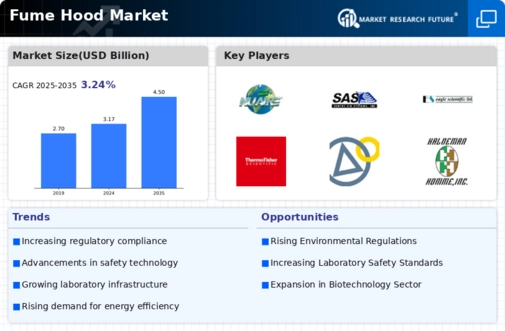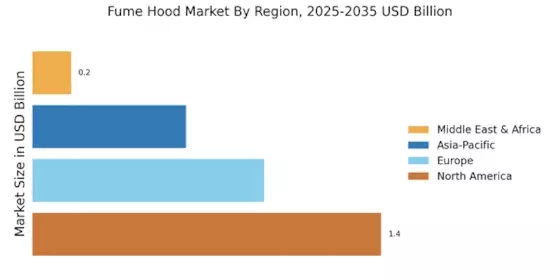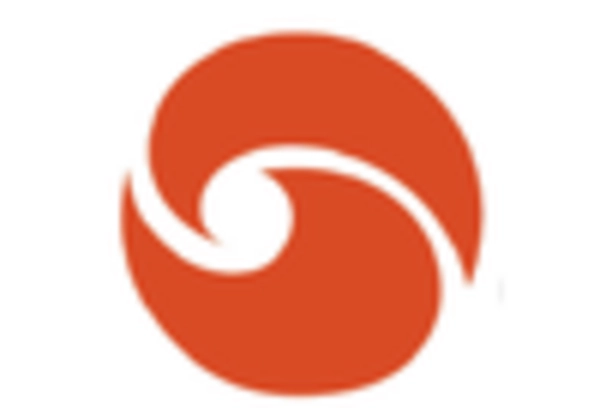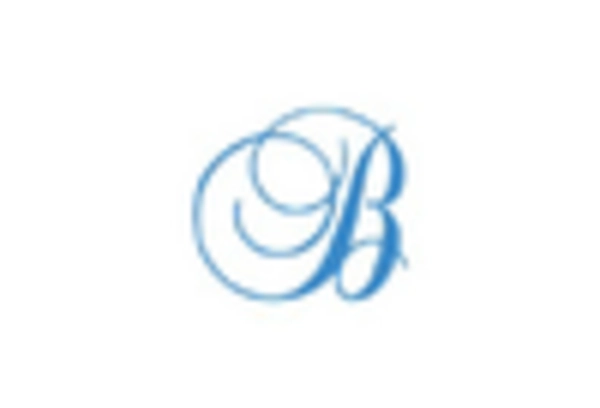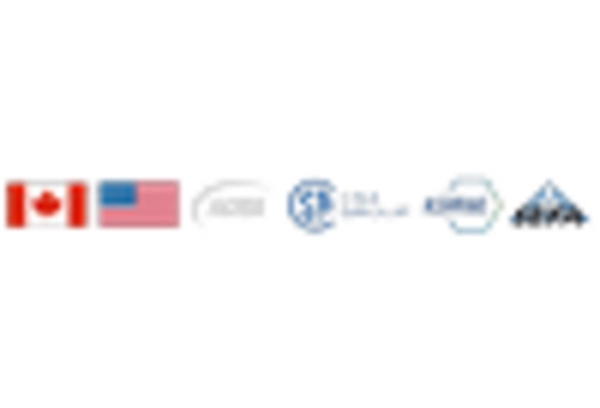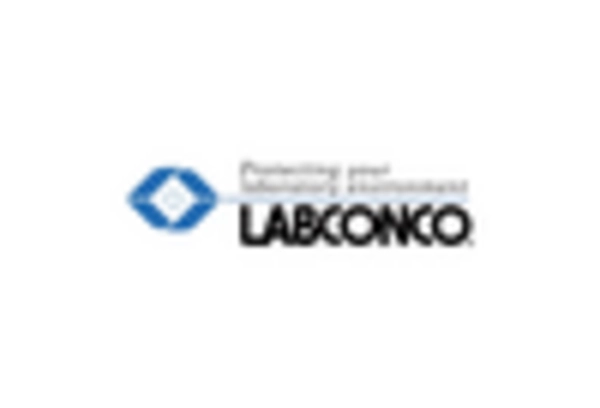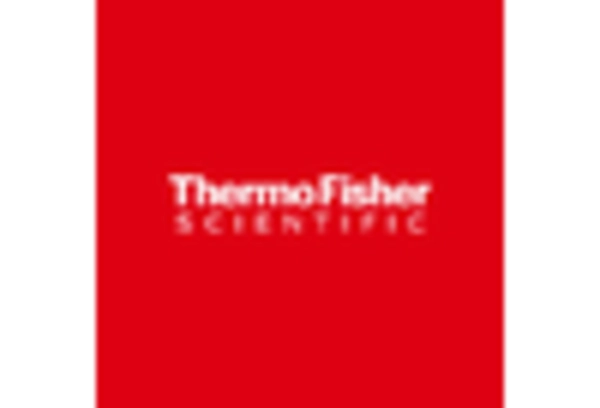Growing Educational and Training Programs
The Fume Hood Market is benefiting from the growing emphasis on educational and training programs related to laboratory safety. Educational institutions and training organizations are increasingly recognizing the importance of proper safety protocols in laboratory settings. As a result, there is a surge in programs aimed at educating students and professionals about the safe use of fume hoods and other safety equipment. This focus on training is crucial, as it ensures that laboratory personnel are well-versed in safety practices, thereby reducing the risk of accidents. Furthermore, as more institutions incorporate fume hoods into their curricula, the demand for these safety devices is likely to increase. The Fume Hood Market stands to gain from this trend, as a well-informed workforce is essential for maintaining safety standards in laboratories.
Rising Demand for Laboratory Safety Equipment
The Fume Hood Market is experiencing a notable increase in demand for laboratory safety equipment. This trend is largely driven by heightened awareness regarding workplace safety and the necessity for protective measures in laboratories. As research activities expand across various sectors, including pharmaceuticals and biotechnology, the need for effective fume hoods becomes paramount. According to recent data, the laboratory safety equipment market is projected to grow at a compound annual growth rate of approximately 6.5% over the next five years. This growth is indicative of the increasing investments in laboratory infrastructure, which directly influences the Fume Hood Market. Furthermore, regulatory bodies are emphasizing the importance of safety standards, thereby propelling the adoption of fume hoods in laboratories.
Technological Innovations in Fume Hood Design
Technological innovations are playing a crucial role in shaping the Fume Hood Market. Recent advancements in design and functionality have led to the development of smart fume hoods equipped with sensors and automated controls. These innovations enhance user safety and improve operational efficiency by providing real-time monitoring of airflow and chemical exposure levels. The integration of IoT technology into fume hoods allows for remote monitoring and data collection, which can be invaluable for compliance with safety regulations. As laboratories increasingly adopt these advanced technologies, the Fume Hood Market is expected to grow. The trend towards smart laboratory environments is likely to drive demand for innovative fume hood solutions that prioritize safety and efficiency.
Increased Focus on Environmental Sustainability
The Fume Hood Market is also being shaped by an increased focus on environmental sustainability. As organizations strive to minimize their ecological footprint, there is a growing demand for fume hoods that are energy-efficient and environmentally friendly. Manufacturers are responding to this trend by developing fume hoods that utilize advanced materials and technologies to reduce energy consumption. For instance, some modern fume hoods are designed to operate with lower airflow rates while maintaining safety standards, thereby conserving energy. This shift towards sustainable practices is not only beneficial for the environment but also aligns with regulatory requirements aimed at reducing emissions. Consequently, the Fume Hood Market is likely to witness a rise in the adoption of eco-friendly fume hoods, reflecting a broader commitment to sustainability.
Expansion of Research and Development Activities
The Fume Hood Market is significantly influenced by the expansion of research and development activities across various sectors. Industries such as pharmaceuticals, chemicals, and environmental science are investing heavily in R&D to innovate and improve product offerings. This expansion necessitates the use of fume hoods to ensure safe handling of hazardous materials. Recent statistics indicate that R&D spending in the pharmaceutical sector alone has reached over 200 billion dollars annually, highlighting the critical role of fume hoods in these environments. As laboratories strive to meet the demands of advanced research, the Fume Hood Market is likely to see sustained growth. The integration of fume hoods into new laboratory designs is becoming a standard practice, further solidifying their importance in research settings.


